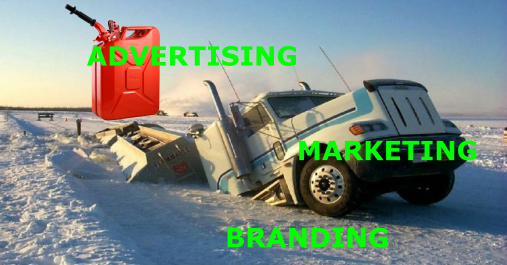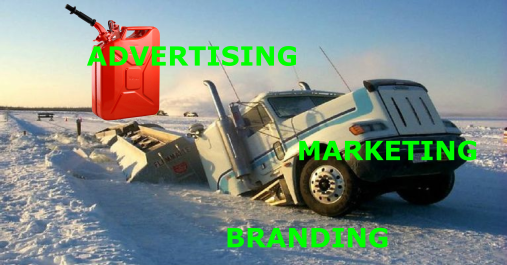In my life as an e-commerce consultant, I often encounter confusion surrounding the relationships between branding, marketing and advertising. The biggest misconception I see is that these terms are interchangeable and mean the same thing.
This can lead to the incorrect thought that you don’t need all three in order to have a successful brand. I can’t tell you how many times I’ve seen brands skimp on their branding efforts, or leave out important parts of their marketing process just to save a few bucks.
The truth is, branding, marketing and advertising are each distinct parts of a complete strategy. There is a symbiotic relationship between the three, and they all must work together to grow sales and profits. If one is missing, things can go very wrong.
To better understand this, let’s take a look at what branding, marketing, and advertising are, and how they work together.
Branding – Giving Your Brand an Identity
The easiest way to think of branding, is to look at how your product is recognized the marketplace. When buyers see your product, logo, or hear your tagline, do they immediately recognize that they belong to your brand?
Think of Coca-Cola. When you see a sign advertising Coca-Cola, you probably know instantly what it is, right?
This is branding.
Branding originated in the world of agriculture 1000’s of years ago when the Egyptians started marking their livestock with unique markings to indicate who they belonged to. The American rancher made this practice famous in the modern world. You are probably familiar with a hot branding iron searing a symbol into the hide of a calf.
We do the same thing when we are branding our products. We are simply marking them the same way a rancher does, but we are using logos, color schemes and taglines, so that when buyers come upon one of our products, they know they are part of our “herd” of products.
To understand modern branding a little better, let’s break it down into two categories: brand recognition and brand positioning. Here’s what’s included in each:
Brand Recognition
- Product Design / Quality
- Product Reviews / Reputation
- Logos
- Imagery
- Slogans / Taglines
- Packaging
Brand Positioning
- Price
- Target Audience
- Target Keywords
Marketing – Getting Your Product into the Hands of Consumers
Now let’s move on to marketing.
I like to think of marketing as the process through which your products find their way from the warehouse into your buyers’ hands. This includes figuring out how to get buyers to buy it, as well as how to physically deliver it to them. It also includes everything that happens after the sale.
Marketing consists of both sales and advertising, but given the focus of the article, we will give advertising its own section header. For now, let’s focus on how sales fits into marketing.
When you think sales, you might conjure up the images of a guy in a suit going door to door with a sales pitch. This image might be part of the sales process, but sales actually includes a whole lot more than just a sales pitch. In fact, the sales pitch (and the salesman, for that matter) are actually more a part of advertising than sales.
In short, sales is how money changes hands, and how the buyer is supported after the sale. We will focus on everything that leads up to the sale when we discuss Advertising in a minute.
Here are the key components of sales in relation to branding, marketing and advertising for e-commerce:
- Sales Conversion (Purchase)
- Product Delivery
- Customer Returns
- Customer Service
- Customer Retention
Advertising – The Fuel that Makes Marketing Go
As I said before, marketing consists of advertising and sales. If sales is the hard transactional stuff, then advertising is the push that leads the buyer toward the sale. If you think of it like a sales funnel, advertising is everything at the top of the funnel, while sales would be at the bottom of the funnel.
Advertising for e-commerce includes the following:
- Organic SEO Sales Copy / Listing Optimization
- Audience Building
- PPC Advertising
- Display Advertising
- Promotions
Branding, Marketing and Advertising – You Need All Three

The most accurate way I can illustrate the relationship between branding marketing and advertising is to compare it to ice-road trucking.
In this metaphor, branding is the ice road, marketing is the truck, and advertising is the fuel that makes the truck go.
The road (branding) needs to be solid and able to bear the weight of the truck (marketing efforts), and without fuel (advertising), the truck (marketing) won’t go anywhere.
Think about it. How far will your marketing efforts go, if you haven’t invested in components of branding such as product quality, consistent messaging, and reputation?
How effective is your advertising if the buyer doesn’t recognize your product (branding)?
How effective is your branding if you don’t have a comprehensive marketing strategy to engage an audience and build customer loyalty after the sale?
I can tell you from experience that solid branding efforts will lead to better marketing and more efficient advertising, not to mention more sales and better profits!
I hope you found this article helpful. Happy Selling!
